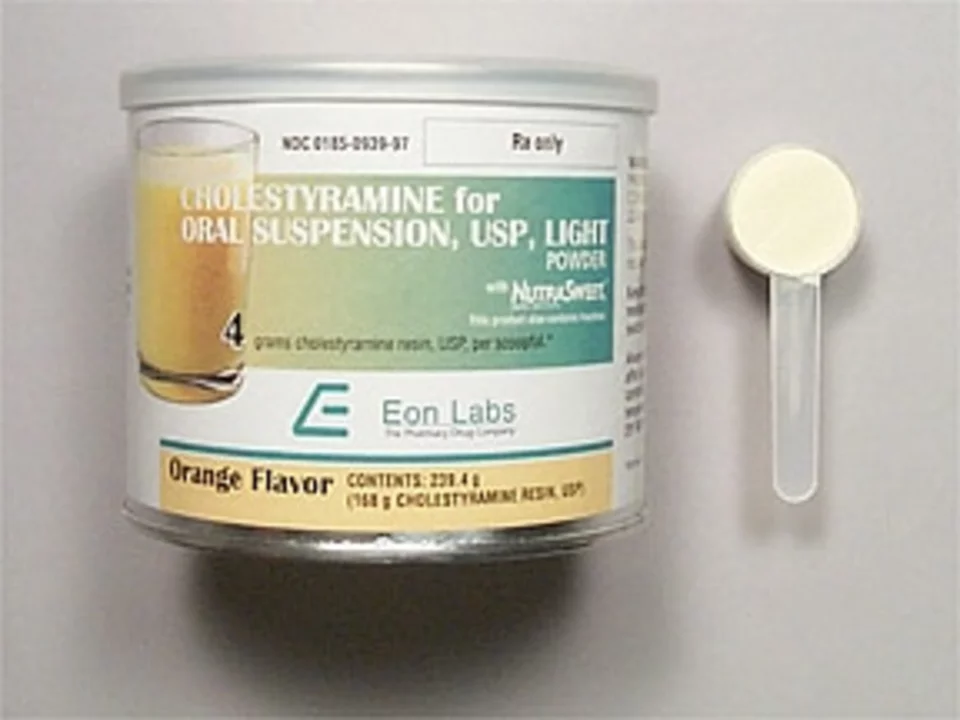Dosage: Simple Rules to Take Medicines Safely
A wrong dose can turn a helpful medicine into a problem. This page collects clear, usable dosing tips so you know how to read labels, measure medicines, swap drugs, and spot when a dose needs changing. No jargon—just straight advice you can use today.
Quick rules to follow
Read the label every time. Check the amount (mg or mcg), how often (once daily vs every 8 hours), and whether to take with food. If the prescription lists a range, like 20–40 mg, confirm which number your doctor chose. Don’t assume ‘once daily’ means bedtime—ask if timing matters for effectiveness.
Understand intervals. ‘Every 8 hours’ means roughly three times a day, not when you remember. Keep doses evenly spaced to maintain steady levels in your body. If you miss a dose, follow the label or ask your pharmacist—usually take it as soon as you remember unless it’s almost time for the next dose.
Be careful with unit differences. Micrograms (mcg) are 1,000 times smaller than milligrams (mg). A 25 mcg dose is not the same as 25 mg. This matters for thyroid meds and heart drugs. Always double-check tiny doses with your pharmacist.
Liquid medicines need accurate measuring. Use the syringe or cup that comes with the drug. Kitchen spoons are unreliable. For children, weight-based dosing is common—don’t guess age-based amounts.
When switching drugs, ask about conversion. Some switches are straightforward—like certain proton pump inhibitors—while others need careful math and monitoring. Our article on switching pantoprazole and omeprazole shows how pharmacists handle conversions safely.
When to call a professional
Contact your doctor or pharmacist if side effects start, if your symptoms worsen, or when your situation changes (pregnancy, kidney disease, new meds). Dose adjustments are common for thyroid meds, blood pressure drugs, and many antibiotics—regular labs or symptom checks help fine-tune dosing.
Be cautious with pill splitting and online purchases. Some pills aren’t safe to split (extended-release tablets). Buying meds online is possible but check the pharmacy’s credibility and prescription rules. Our guides on buying Phenytoin and Cipro online explain safety checks and red flags.
Use one pharmacy when possible. Your pharmacist can track potential interactions and dosing patterns across prescriptions. If you see conflicting instructions, bring all bottles and the original prescription to the pharmacist—they can reconcile the right dose and timing.
Small practical habits help: set phone reminders for unusual schedules, keep a dose log for new meds, and store dosing instructions where you’ll see them. If you’re adjusting a chronic med, ask when to repeat labs and what symptoms to watch for.
Want specific dosing tips? Browse our posts on thyroid adjustments, migraine dosing with Imitrex, antibiotic guidance, and dose conversions. Treat dosing like a small daily checklist—clear, consistent, and checked with a pro when unsure.
Cholestyramine for Children: Safety, Dosage, and Considerations
As a parent, I understand how important it is to keep our children safe while treating any health issues they may face. Cholestyramine, a prescription medication used to lower high cholesterol levels, can be prescribed to children as well. When it comes to safety and dosage, it's crucial to follow the guidance of a pediatrician, who will determine the appropriate dose based on the child's age, weight, and medical condition. It's important to note that cholestyramine can sometimes cause side effects such as constipation or stomach pain, so parents should monitor their child closely and report any concerns to their doctor. Lastly, maintaining a healthy lifestyle with a balanced diet and regular exercise is essential for managing cholesterol levels in children.
Acyclovir for Children: Safety, Dosage, and Side Effects
Acyclovir is a common antiviral medication often prescribed for children to treat viral infections like cold sores and chickenpox. As a parent, it's important to know that this medication is generally considered safe for children when administered at the correct dosage. Your child's doctor will determine the appropriate dosage based on their age, weight, and the severity of the infection. Some possible side effects of Acyclovir include mild symptoms like nausea, diarrhea, or headache, but more serious reactions can occur. Always consult with your child's doctor if you have concerns or if your child experiences any unusual symptoms while taking Acyclovir.

